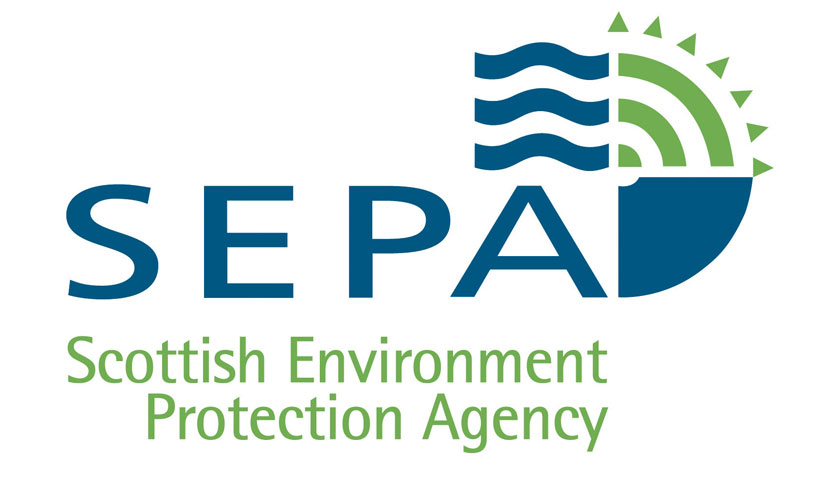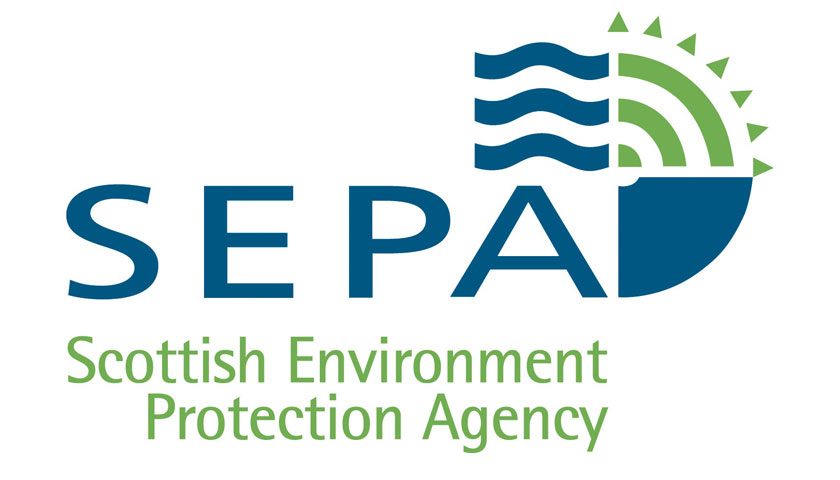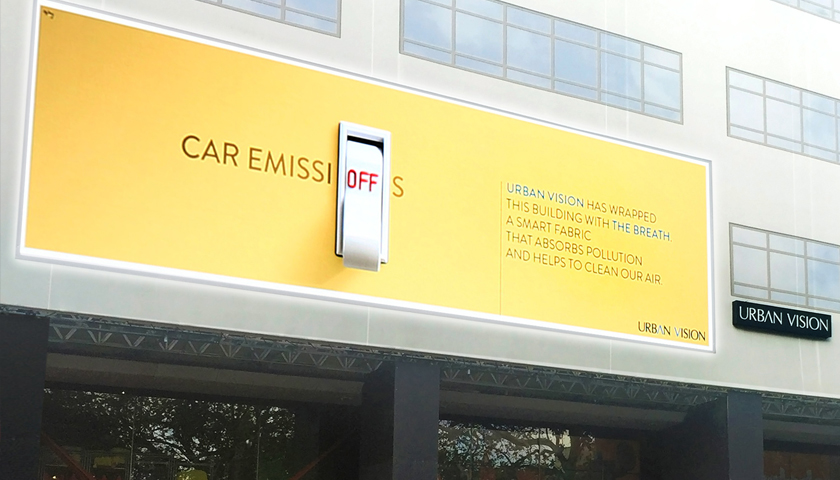The figures, published online in the 2017 Scottish Pollutant Release Inventory (SPRI), show how the pollutants emitted by Scottish regulated businesses are changing as the country continues to move to a more sustainable, resource efficient Scotland.
We place pressures on the Scottish environment in our daily lives, from dealing with our sewage and waste to the demand for goods like petrol, plastics, food and drink. Scottish industry also puts pressures on the environment through emissions to the air and water environment and through waste management activities.
GHG levels have reduced 57% since 2007 when 26 Megatonnes (Mt) of pollutants were released. The 2017 total was 11 Mt. The largest drop came in 2016, as Longannet power station was only operational for the first few months of the year. There was a further reduction of 6% (just under 1 Mt) in 2017 as the first full year with no emissions from the plant.
| 2007 | 2016 | 2017 | Difference | ||
| Emissions (kg) | Emissions (kg) | Emissions (kg) | 2007- 2017 | 2016- 2017 | |
| Carbon dioxide | 26,549,962,881 | 12,124,897,286 | 11,371,844,762 | down 57% | down 6% |
| Methane | 70,774,750 | 34,751,851 | 32,430,019 | down 54% | down 6% |
| Nitrous oxide | 296,291 | 125,831 | 89,467 | down 69% | down 28% |
| Hydrofluorocarbons (HFCs) | 1,621 | 1,734 | 1,048 | down 35% | down 39% |
| Perfluorocarbons (PFCs) | 7,328 | 4,510 | 4,355 | down 40% | down 3% |
| Sulphur hexafluoride | 574 | 127 | 133 | down 76% | up 5% |
| Total | 26,621,043,445 | 12,159,781,339 | 11,404,369,784 | down 57% | down 6% |
Generally most pollutants decreased in 2017 from 2016 values or stayed marginally the same and the longer term trends mostly remain downward. Increases are mostly related to an increase in production or variations in combustion fuels. There were also 16 more sites reporting in 2017.
From climate change to the circular economy, Scotland is driving globally ambitious, internationally recognised policy with a purpose. It’s policy that recognises the economic, as well as environmental, opportunity of a more sustainable, resource efficient Scotland.
Terry A’Hearn, Chief Executive of SEPA, said:
“The most successful countries in the 21st century will function within our planet’s means to support us. Through our regulatory strategy, One Plant Prosperity, SEPA is helping business grow sustainably while reducing their environmental burden.
“Whilst it’s encouraging to see greenhouse gases from Scottish industry at a ten year low, we recognise further progress needs to be made. The data that SPRI holds is vital to helping us understand how these changes are impacting on our environment both directly and indirectly, ensuring Scotland can identify priority areas to reduce releases and track progress.”
SPRI is a searchable database of annual mass releases of specified pollutants to air, water and land from SEPA regulated industrial sites. It also provides information about off-site transfers of waste from these sites. It does not assess the compliance of the facilities or the health and environmental impact of the releases. Site compliance can be found in SEPA’s Compliance Assessment Scheme results.
Annual changes
Year-to-year changes in pollutants can often be attributed to changes at a few sites, due to increases or decreases in production, changing source products and new sites opening.
All pollutants have a reporting threshold, below which sites do not need to report to SPRI. An increase in production can move a site’s releases above the threshold, showing a large increase.


